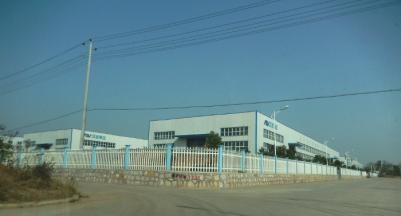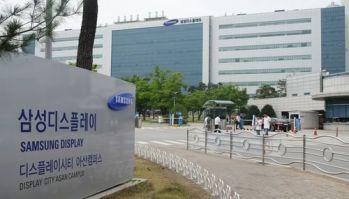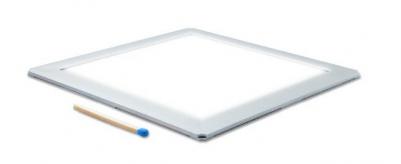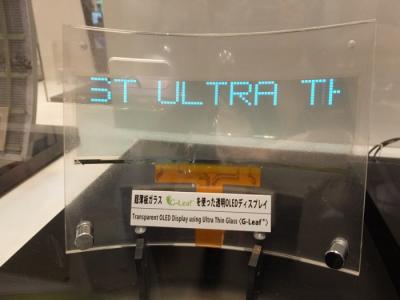Is AIV-BEX's AMOLED project delayed but still on track?
In June 2012 we first heard about AIV-BEX's ambitious AMOLED project. Later in 2013 we posted more details about this 4.5-Gen Oxide-TFT AMOLED production fab project. A few months ago I heard that AIV-BEX abandoned the OLED project, but according to some new information this is not true, although they do face some delays to their original plan.

In 2013 AIV-BEX planned to start production in 2014, but now according to the OLED Association, this was delayed to Q4 2015. According to a private investor on a forum, the company assured him that the project is still running but is slower than expected.









